1. परिचय
In the world of industrial manufacturing, efficiency and precision are paramount. When it comes to producing pipes for various applications, having a reliable and efficient production method is crucial. This is where पाइप रोल बनाने की मशीनs come into play. In this article, we will explore the concept of pipe roll forming machines, how they work, their benefits, different types, factors to consider when choosing one, maintenance tips, and their applications in various industries.
2. पाइप रोल बनाने की मशीन क्या है?
A pipe roll forming machine is a specialized piece of equipment used to shape metal strips into pipes of various diameters and thicknesses. It is a highly automated process that involves passing the metal strip through a series of rollers, gradually forming it into the desired shape. The machine applies continuous bending and forming forces to the strip, resulting in a seamless and precise pipe with consistent dimensions.
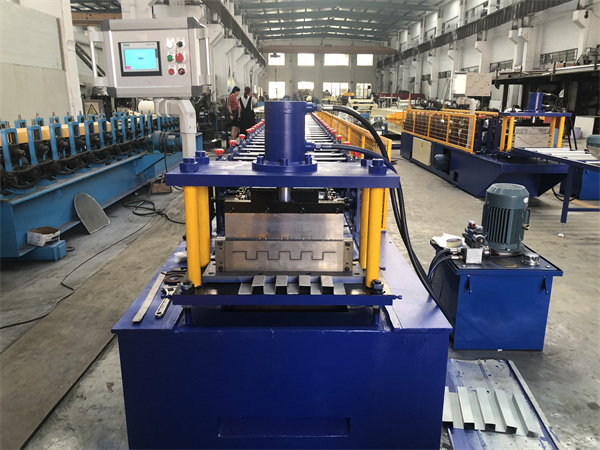
3. Benefits of Using a Pipe Roll Forming Machine
3.1 Increased Production Efficiency
One of the primary advantages of using a pipe roll forming machine is the significant boost in production efficiency. These machines can produce pipes at high speeds, ensuring a continuous and uninterrupted manufacturing process. By eliminating manual labor and reducing setup time, manufacturers can achieve higher output rates and meet tight production deadlines.
3.2 लागत बचत
Pipe roll forming machines offer substantial cost savings over traditional pipe manufacturing methods. The automated nature of these machines reduces the need for manual labor, leading to lower production costs. Additionally, the precision and consistency achieved through roll forming minimize material waste, further contributing to cost savings.
3.3 अनुकूलन विकल्प
With a pipe roll forming machine, manufacturers have the flexibility to customize pipes according to specific requirements. The machine can be adjusted to produce pipes of different diameters, thicknesses, and lengths, allowing for a wide range of applications. This versatility enhances product offerings and enables manufacturers to cater to diverse customer needs.
3.4 Consistent Quality
Uniformity and consistency are critical factors in pipe manufacturing. A pipe roll forming machine ensures consistent quality across the entire production process. The machine’s precise control over the forming process guarantees that each pipe meets the required specifications, resulting in a higher-quality end product.
3.5 Versatility in Pipe Types
Pipe roll forming machines are capable of producing various types of pipes, including round, square, rectangular, and profile pipes. This versatility makes them suitable for a wide range of industries and applications. Whether it’s for plumbing, construction, or automotive purposes, the machine can adapt to different pipe shapes and sizes with ease.
4. Working Principle of a Pipe Roll Forming Machine
The working principle of a pipe roll forming machine revolves around the concept of continuous bending and forming of metal strips. The process begins with an uncoiler that feeds the metal strip into the machine. As the strip enters the roll forming section, a series of rollers gradually shape it into a pipe. The rollers are strategically positioned and designed to impart the desired shape to the metal strip. Finally, a cutting system trims the pipe to the required length, and an output system collects the finished pipes.
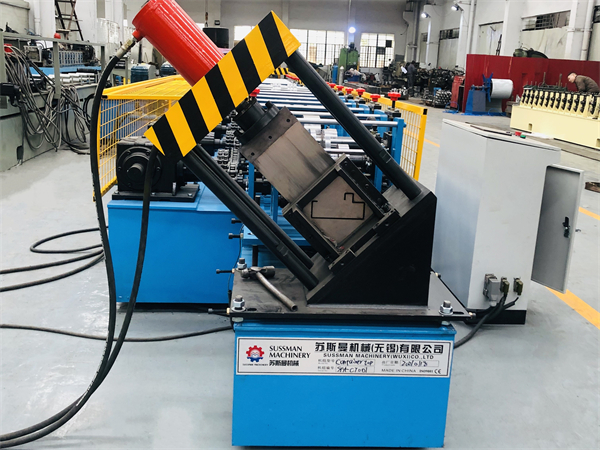
5. Components of a Pipe Roll Forming Machine
A pipe roll forming machine consists of several essential components that work together to ensure efficient and accurate pipe production. These components include:
5.1 Uncoiler
The uncoiler is responsible for holding and feeding the metal strip into the machine. It unwinds the coil and delivers a continuous supply of the strip to the roll forming section.
5.1 Roll Forming Section
The roll forming section is the heart of the pipe roll forming machine. It houses a series of rollers, each performing a specific bending or forming operation on the metal strip. The rollers are arranged in a sequence that gradually shapes the strip into a pipe.
5.2 Cutting System
Once the pipe reaches the desired length, the cutting system trims it to the required size. Depending on the machine’s design, various cutting methods can be employed, such as shearing or sawing.
5.3 नियंत्रण प्रणाली
The control system comprises electrical and electronic components that regulate and monitor the machine’s operation. It ensures precise control over the forming process, speed, length measurements, and other parameters.
5.4 Output System
The output system collects the finished pipes as they exit the machine. It can incorporate stacking mechanisms or conveyor belts to facilitate the efficient handling of the produced pipes.
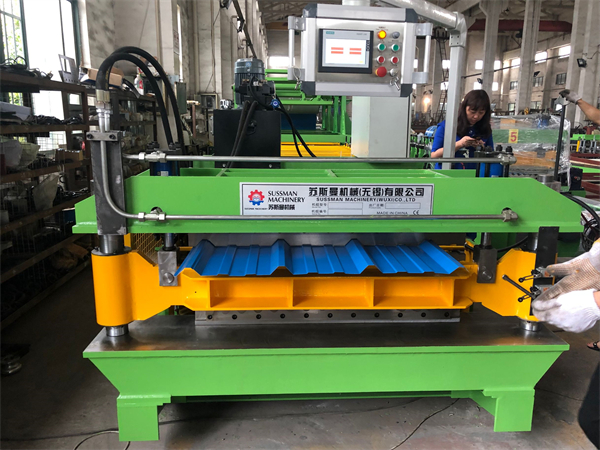
6. Types of Pipe Roll Forming Machines
Pipe roll forming machines come in different types to cater to specific pipe shapes and applications. Some common types include:
6.1 Round Pipe Roll Forming Machine
This type of machine specializes in producing round pipes of various diameters. It is commonly used in plumbing, irrigation, and general piping applications.
6.2 Square and Rectangular Pipe Roll Forming Machine
Square and rectangular pipes find applications in construction, furniture, and other industries. This type of machine is designed to produce pipes with precise dimensions and clean edges.
6.3 Profile Pipe Roll Forming Machine
Profile pipes have unique cross-sectional shapes, such as those with flanges or grooves. The profile pipe roll forming machine is tailored to manufacture pipes with specific profiles, often used in automotive, structural, and architectural applications.
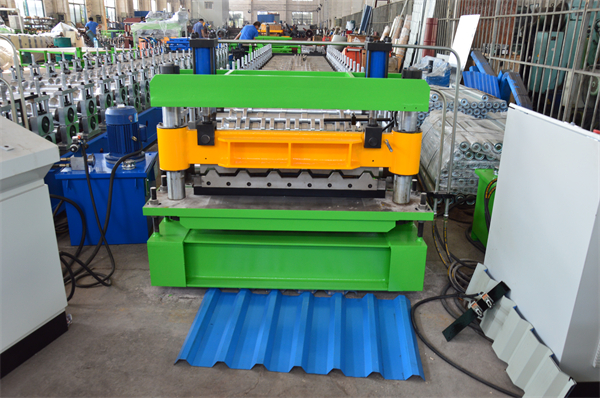
7. Factors to Consider when Choosing a Pipe Roll Forming Machine
When selecting a pipe roll forming machine, several factors should be taken into account to ensure the best fit for your production needs. These factors include:
7.1 Pipe Diameter and Thickness
The machine’s specifications should align with the desired pipe diameter and thickness range. It is essential to choose a machine that can handle the required pipe dimensions without compromising quality.
7.2 सामग्री संगतता
Different pipe materials, such as steel, stainless steel, or aluminum, have varying properties. The machine should be compatible with the material you intend to use to ensure optimal performance and longevity.
7.3 Production Speed
Consider the required production speed to meet your production targets. Higher-speed machines may be necessary for mass production environments, while slower machines may suffice for smaller-scale operations.
7.4 Machine Durability and Reliability
Investing in a durable and reliable machine is crucial for long-term productivity. Consider the build quality, reputation of the manufacturer, and availability of spare parts and technical support when choosing a pipe roll forming machine.
7.5 Cost and ROI
Evaluate the machine’s cost in relation to the return on investment (ROI) it can provide. Consider factors such as production efficiency, labor savings, material waste reduction, and long-term operational costs when assessing the machine’s overall value.
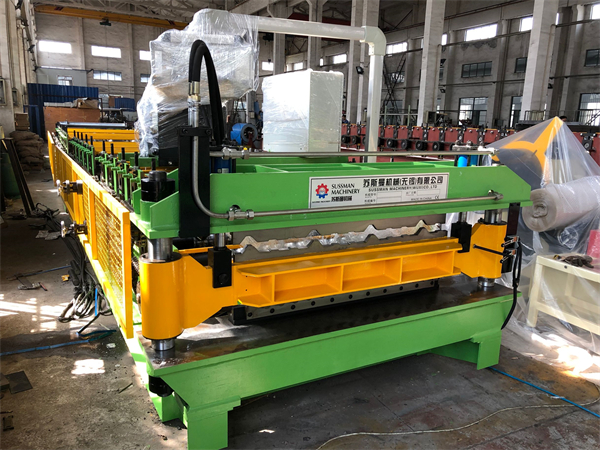
8. Maintenance and Care of a Pipe Roll Forming Machine
To ensure the smooth and efficient operation of a pipe roll forming machine, proper maintenance and care are essential. Here are some maintenance tips to follow:
8.1 Regular Cleaning and Lubrication
Clean the machine regularly to remove any debris or buildup that may affect its performance. Lubricate moving parts to minimize friction and ensure smooth operation.
8.2 Inspection and Repair
Periodically inspect the machine for any signs of wear, damage, or misalignment. Address any issues promptly to prevent further damage and maintain optimal performance.
8.3 Training and Safety Measures
Provide adequate training to machine operators to ensure they understand the machine’s operation, safety protocols, and maintenance procedures. Emphasize the importance of safety to prevent accidents and injuries.
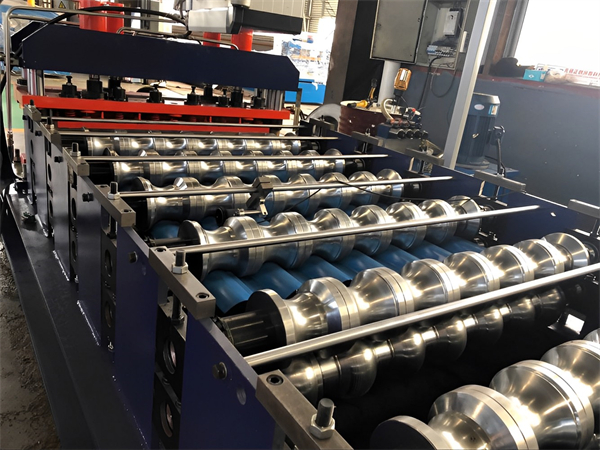
9. Industries and Applications of Pipe Roll Forming Machines
Pipe roll forming machines find applications in various industries and sectors. Some notable industries that benefit from these machines include:
9.1 Construction and Infrastructure
Pipe roll forming machines are extensively used in the construction and infrastructure sector for applications such as plumbing, water supply, drainage systems, and structural supports.
9.2 Automotive and Transportation
The automotive industry utilizes pipe roll forming machines to manufacture pipes used in exhaust systems, chassis components, and other automotive applications.
9.3 Furniture and Interior Design
Pipe roll forming machines are employed in the furniture industry to produce pipes used in the construction of frames, supports, and decorative elements.
9.4 HVAC and Ducting Systems
Heating, ventilation, and air conditioning (HVAC) systems rely on pipes and ducts for efficient airflow. Pipe roll forming machines play a crucial role in manufacturing these components.
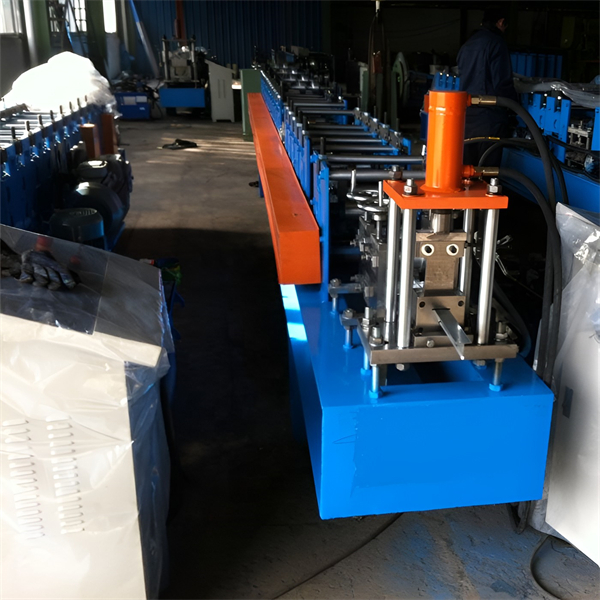
10. निष्कर्ष
Pipe roll forming machines revolutionize the pipe manufacturing process, offering increased production efficiency, cost savings, customization options, consistent quality, and versatility in pipe types. By understanding their working principle, components, types, and factors to consider when choosing one, manufacturers can optimize their pipe production operations. Proper maintenance and care ensure the longevity and reliability of these machines, while their applications span across industries such as construction, automotive, furniture, and HVAC.
पूछे जाने वाले प्रश्न
Q1: Can a pipe roll forming machine produce pipes of different lengths?
Yes, pipe roll forming machines can be adjusted to produce pipes of varying lengths according to specific requirements.
Q2: What types of materials can be used with a pipe roll forming machines?
Pipe roll forming machines can work with various materials, including steel, stainless steel, aluminum, and other metals.
Q3: How long does it take to set up a pipe roll forming machine for production?
The setup time for a pipe roll forming machine depends on factors such as machine complexity, pipe dimensions, and operator expertise. Generally, it can take anywhere from a few minutes to a couple of hours.
Q4: Are pipe roll forming machines suitable for small-scale production?
Yes, pipe roll forming machines are available in different sizes and configurations, making them suitable for both large-scale and small-scale production environments.
Q5: Can a pipe roll forming machine produce pipes with complex profiles?
Yes, there are specialized pipe roll forming machines designed to produce pipes with unique profiles, including flanges, grooves, or other intricate shapes.
Remember to adjust the formatting and include appropriate headings for H tags when incorporating this article into your desired format.
